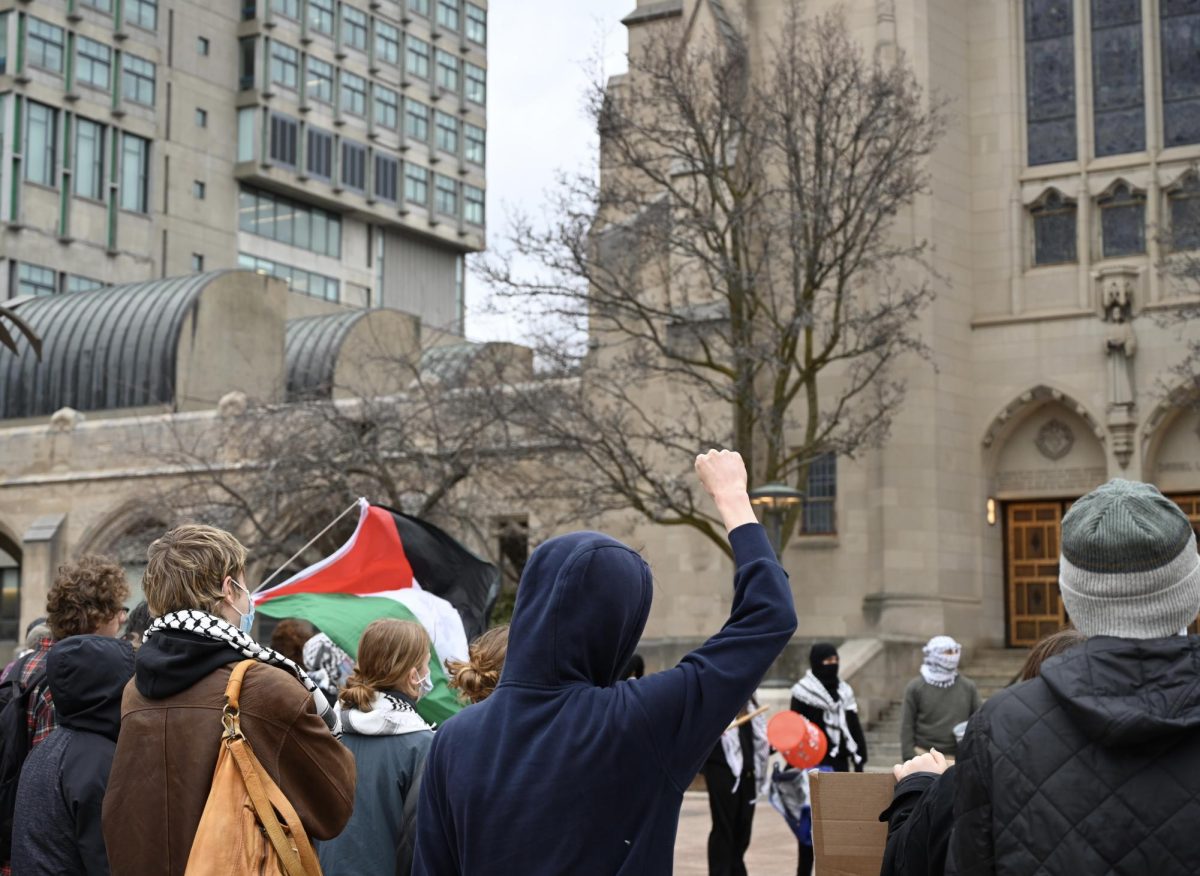Church attendance around the globe has remained constant throughout the century, according to a study conducted over the past 30 years.
Santa Clara University economics professor Laurence Iannaccone introduced the International Social Survey Program studies, which provide detailed estimates of church attendance trends in thirty countries, at Coolidge Hall in Cambridge last night.
Iannaccone said participants were asked retrospective questions about their religious institution attendance, as well as their parents’, to construct a broad study of religious trends.
“The literature of retrospective data is the best method to look back at all the religious trends,” Iannaccone said.
In most of the 30 countries studied, which were largely Western nations, only a few cases fit the widely perceived trend of secularization.
“America has been and will remain a relatively religious country in the long run,” Iannaccone said. He mentioned Russia as one of the exceptions, with an almost zero attendance rate.
Although there wasn’t a significant study of church attendance for most of the 20th century, Iannaccone said, the ISSP started its surveys in 1972, which allowed it to obtain detailed estimates of church attendance from the late-1910s to early-1990s. The surveys asked people from various ages how often they attended church at the age of 11 or 12 as well as how often their parents did.
“This study is an absolute gold mine,” Iannaccone said. “We learn so much about the past and the country’s biography.”
The surveys can also be helpful in understanding society and the economy, he said.
In America, parents and children have relatively stable and similar church attendance rates, even though children constantly have had a slightly higher attendance ratio than parents, Iannaccone said.
Since the 1920s, about 65 percent of Americans attended church, according to a diagram Iannaccone presented. In the early 1990s, about 62 percent still went to church. During the 1950s, the United States had registered its lowest attendance rate.
“That can be explained because the war had just ended,” Iannaccone said.
Since Americans have attended church in a consistent trend for the past 100 years, Iannaccone said the events of Sept. 11 will not put a damper on attendance figures.
“Don’t look at single events if you’re going to study religious changes,” Iannaccone said. “If Sept. 11 makes things different, it is only for a short period of time where people would show more acceptance of other religious institutions.”
About 25 people attended the lecture, and Iannaccone answered most of their questions about the methodology and accuracy of the survey.
“It was fascinating hearing about the trends and statistics,” said Hany Elias, a freshman studying economics at Harvard University. He said he wanted to attend the lecture for a research study on the relationship of economics and religion.
Another Harvard University student, Jeremy Galen, 19, attended the meeting because the topic of the lecture interested him.
“He [Iannaccone] is incredibly prominent in the field,” said Galen, who is a religion major and said he has read Iannaccone’s works before.
Iannaccone said if retrospective studies continue, they would help scientists not only understand the country’s religious trends but also answer interconnected historical questions.
“They will answer questions we have asked since Moses,” he said.




















































































































